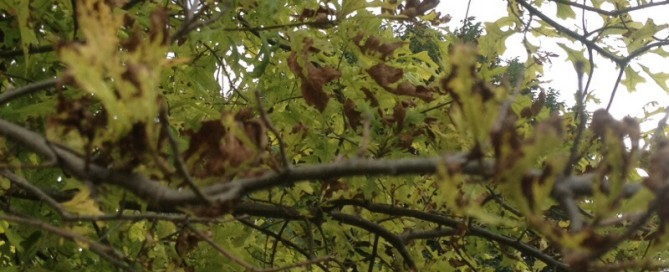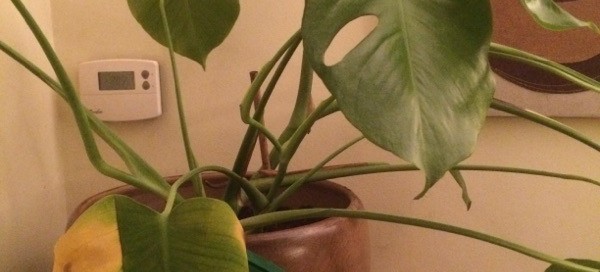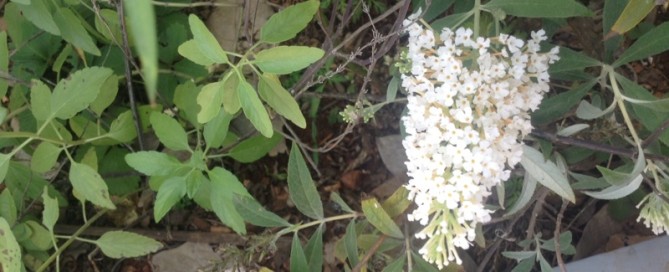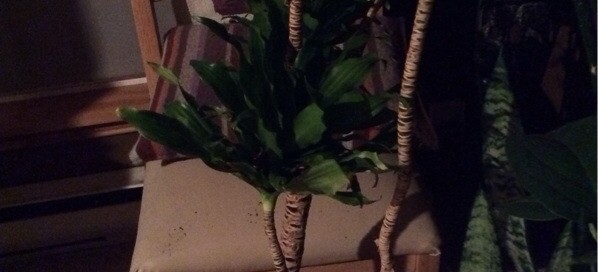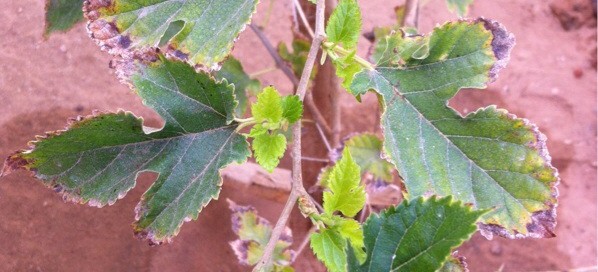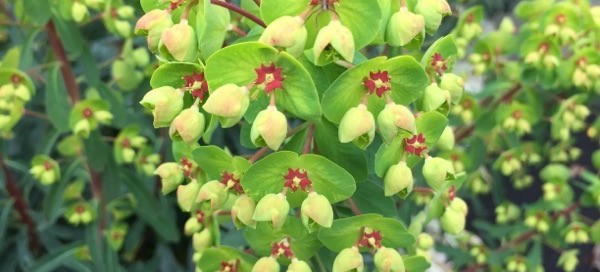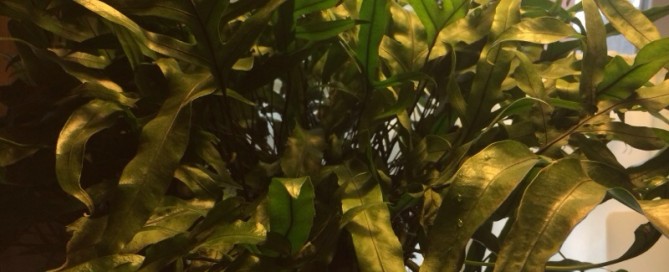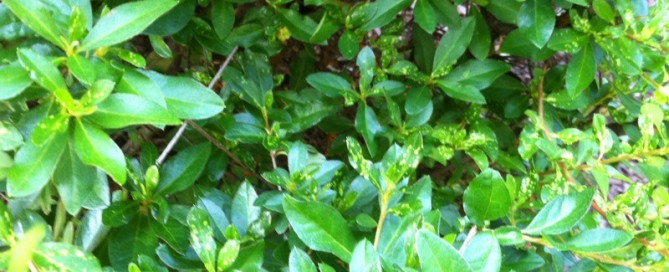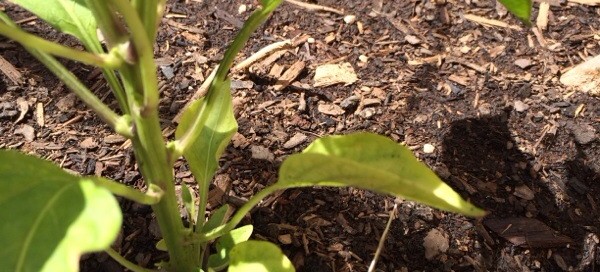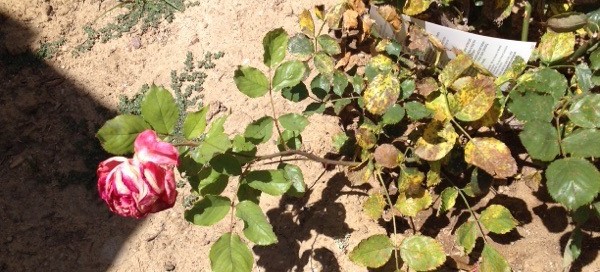Oak Leaf Chlorosis
Leaf chlorosis (yellowing) is a perennial problem of pin oak (Quercus palustris) and other oak trees in landscapes in many parts of the Midwest. Depending on the severity of the problem, trees typically range from bright green to bright yellow. The extent of chlorosis can vary from tree to tree and even within the tree itself, with some branches appearing normal while others are severely affected. If chlorosis is severe and not treated, trees will defoliate, weaken and may eventually die. This spring, many pin oaks in the Midwestern area are showing especially severe chlorosis and, in some cases, the color of the leaves range from yellow to slightly orange. Treatment - Chlorosis in pin oaks is usually due to a deficiency of iron in the leaves. Iron is important for chlorophyll synthesis in plants, so when it is deficient, leaves cannot make chlorophyll, resulting in a yellow appearance. Chlorosis of pin oaks is typically associated with alkaline soil pH äóñ pH greater than 7. As soil pH increases, the ability of pin oaks to take up iron decreases dramatically. The best solution for iron chlorosis is to avoid planting pin oak in alkaline soils. Some closely related species, like northern pin (Q. ellipsoidalis) and scarlet oak (Q. coccinea), have excellent fall color and usually hold up better to alkaline soils than Q. palustris.
